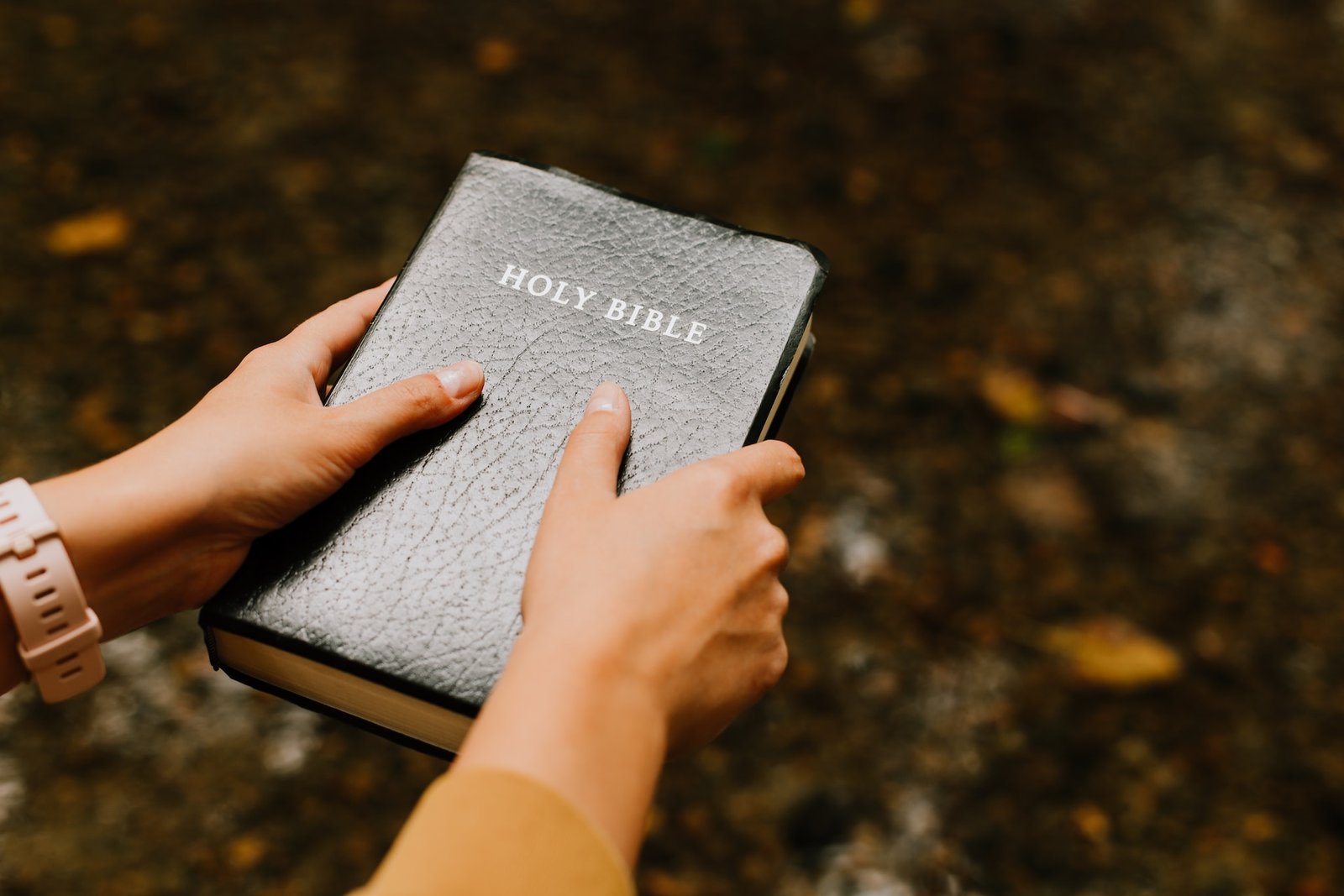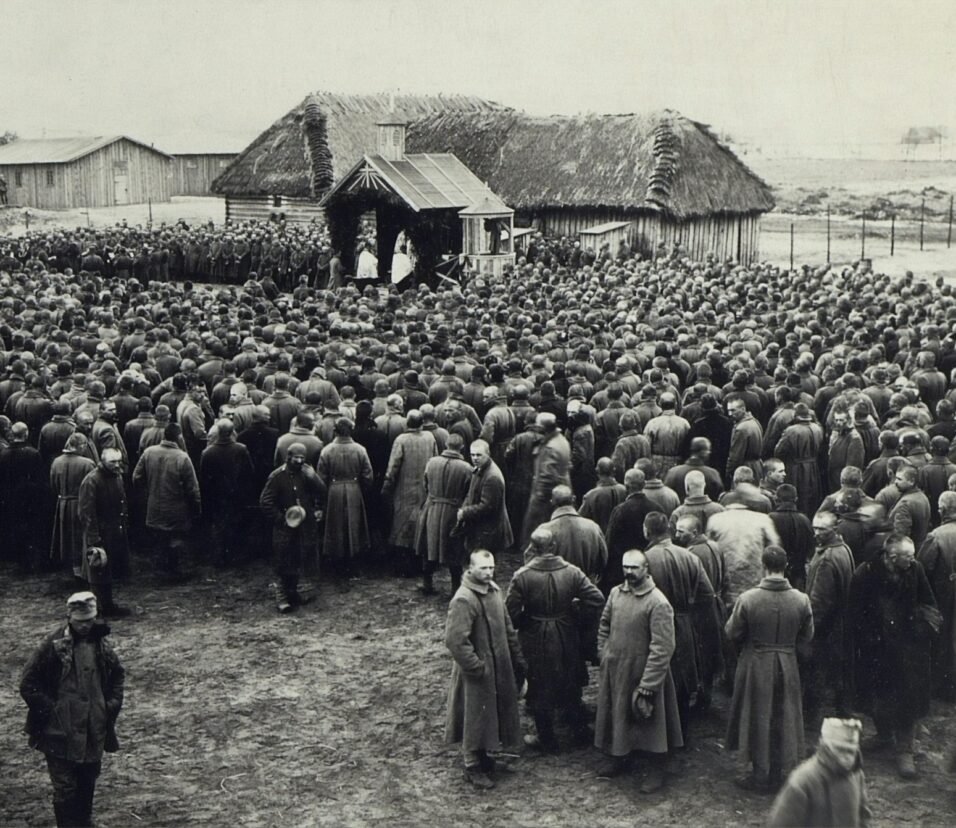The Scopes Trial
Introduction:
In the sunlit summer of 1925, a courtroom in Dayton, Tennessee, became the stage for one of the most controversial trials in American history — the Scopes Trial. Officially termed The State of Tennessee vs. John Thomas Scopes, this legal battle confronted the tension between science and religion, setting a precedent and sparking a nationwide debate.
Chapter 1: Setting the Scene
Background:
The United States, during the early 20th century, witnessed an intense debate between modernists, who embraced new ideas and changes, and fundamentalists, who clung tightly to traditional beliefs. Central to this ideological war was the theory of evolution.
The Butler Act:
In March 1925, Tennessee Governor Austin Peay signed the Butler Act, which prohibited public school teachers from denying the Biblical account of mankind’s origin or teaching that humans evolved from lower life forms.
Chapter 2: John Scopes – The Man in the Middle
Who Was John Scopes?
A young, 24-year-old high school teacher, Scopes became the focal point of this clash. Encouraged by local townspeople aiming to put Dayton on the map and challenge the Butler Act, Scopes was arrested for teaching evolution from a textbook titled “Civic Biology.”
Chapter 3: Titans of the Courtroom
William Jennings Bryan:
Representing the prosecution, Bryan was a devout Christian and three-time Democratic presidential nominee. His involvement elevated the trial’s prominence, given his national reputation.
Clarence Darrow:
A famed defense attorney known for championing underdogs and unpopular causes, Darrow supported Scopes. His presence matched Bryan’s in magnitude, promising a courtroom confrontation for the ages.
Chapter 4: The Trial Unfolds
Arguments and Witnesses:
Bryan argued that the Butler Act was clear and Scopes had violated it. In contrast, Darrow’s defense wasn’t so much to prove Scopes’ innocence but to spotlight the potential dangers of limiting intellectual freedom.
The Spectacle:
Thousands flocked to Dayton, transforming the trial into a media circus. With radio broadcasts and journalists from around the world, the trial became an international event.
Chapter 5: A Dramatic Confrontation
The Bryan Examination:
In a surprising move, Darrow called Bryan to the stand, challenging him on literal interpretations of the Bible. The intense questioning, in the sweltering heat, turned into a philosophical debate on religion versus science.
Chapter 6: Verdict and Impact
Scopes’ Conviction:
The jury deliberated for a mere nine minutes. Scopes was found guilty and fined $100, a penalty later overturned on a technicality.
Legacy of the Trial:
While the immediate legal outcome affirmed the Butler Act, the trial had profound implications. It revealed deep-seated societal rifts and set the stage for future battles over educational content. The Butler Act remained in place until 1967 but was rarely enforced after the trial.
Chapter 7: Reflections and Modern Implications
Revisiting the Debate:
The Scopes Trial underlined the challenge of reconciling religious beliefs with scientific progress, a debate that still resonates today in discussions about topics like climate change and stem cell research.
Influence on Popular Culture:
The trial inspired plays, movies, and literature, most notably “Inherit the Wind” – a fictionalized account of the Scopes Trial, reflecting its enduring significance.
Chapter 8: Setting the Educational Landscape
Pre-Trial Education:
Before the Scopes Trial, education in the U.S. was regionally varied and heavily influenced by local beliefs. While urban schools in the North had started introducing contemporary scientific theories, including Darwinian evolution, schools in the South remained largely conservative, reflecting the area’s strong religious inclinations.
Chapter 9: Media’s Magnifying Glass
Role of the Press:
Dayton’s population swelled from around 1,800 to over 5,000 during the trial. The Scopes Trial was one of the first American legal proceedings to be broadcasted live, making it a precursor to today’s high-profile media-covered trials. Renowned journalists, such as H.L. Mencken, covered the trial, providing colorful commentary that, at times, mocked the anti-evolution stance, highlighting the urban-rural divide.
Chapter 10: Evolution’s Stance Post-Trial
Impact on Education:
In the wake of the trial, many Southern states felt encouraged to adopt similar anti-evolution laws. Textbook publishers, wary of the controversy, began self-censoring or omitting references to evolution. This had a chilling effect, and despite the trial’s spectacle, it effectively pushed the teaching of evolution out of many schools for years.
National Split:
The trial intensified the divide between the traditionally religious South and the more urbanized, scientifically inclined North. This division laid the groundwork for the future “culture wars” that would erupt in the U.S. over issues like abortion, LGBTQ rights, and, more recently, climate change.
Chapter 11: The Continuing Evolution Debate
Re-emergence:
Post-World War II saw a rejuvenation of interest in science education, driven by the Cold War competition with the Soviet Union. With this came a resurgence in the push to teach evolution. By the 1960s and 70s, anti-evolution laws were being overturned or challenged across the U.S.
Modern Counter-Movements:
While direct opposition to evolution teaching waned, new forms of resistance emerged. Creationism, and later Intelligent Design, began being proposed as alternative theories that should be taught alongside evolution, reigniting debates over the separation of church and state.
Conclusion: A Trial Beyond Scopes
While centered around one man, the Scopes Trial transcended its specific context. It wasn’t merely about a teacher’s right to teach evolution. It was a crucible wherein society’s beliefs, fears, and hopes melted and merged, crystallizing into questions that still challenge and provoke the American conscience today.







